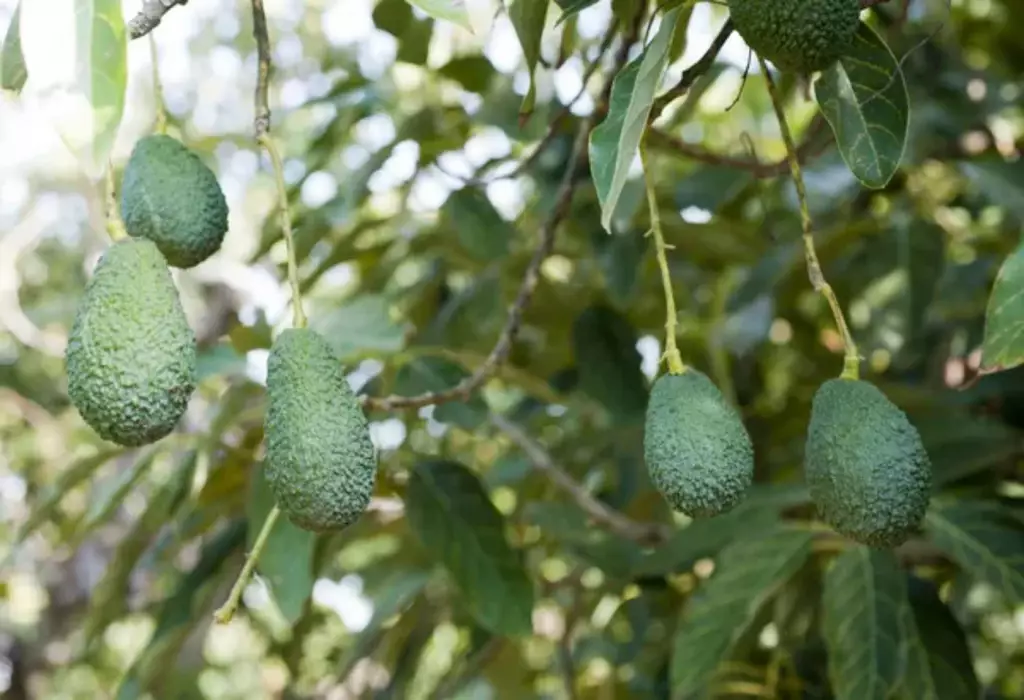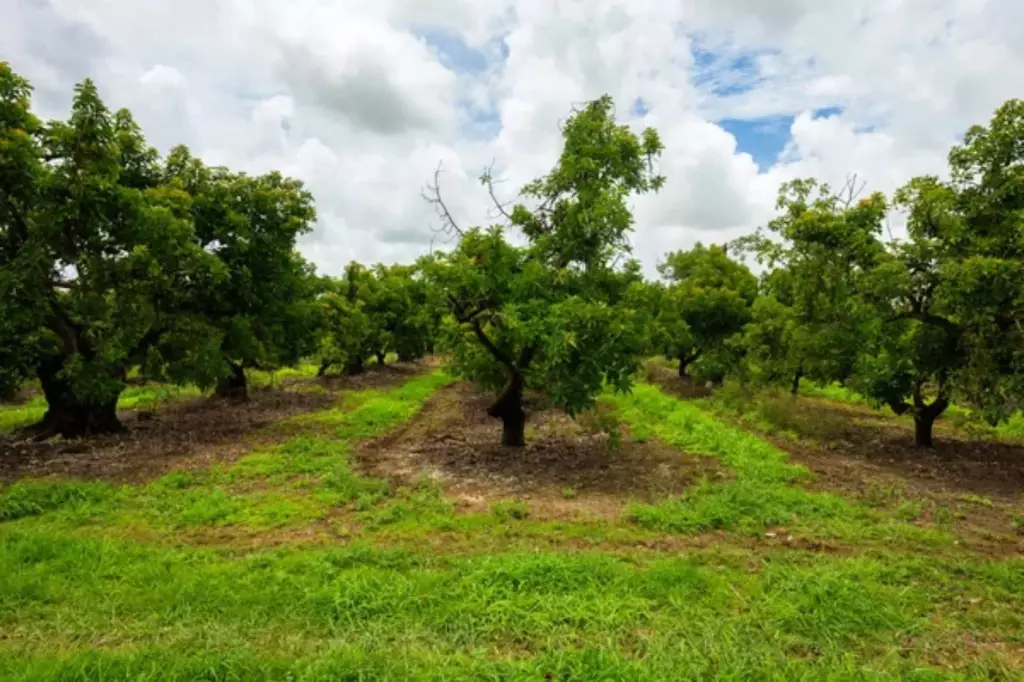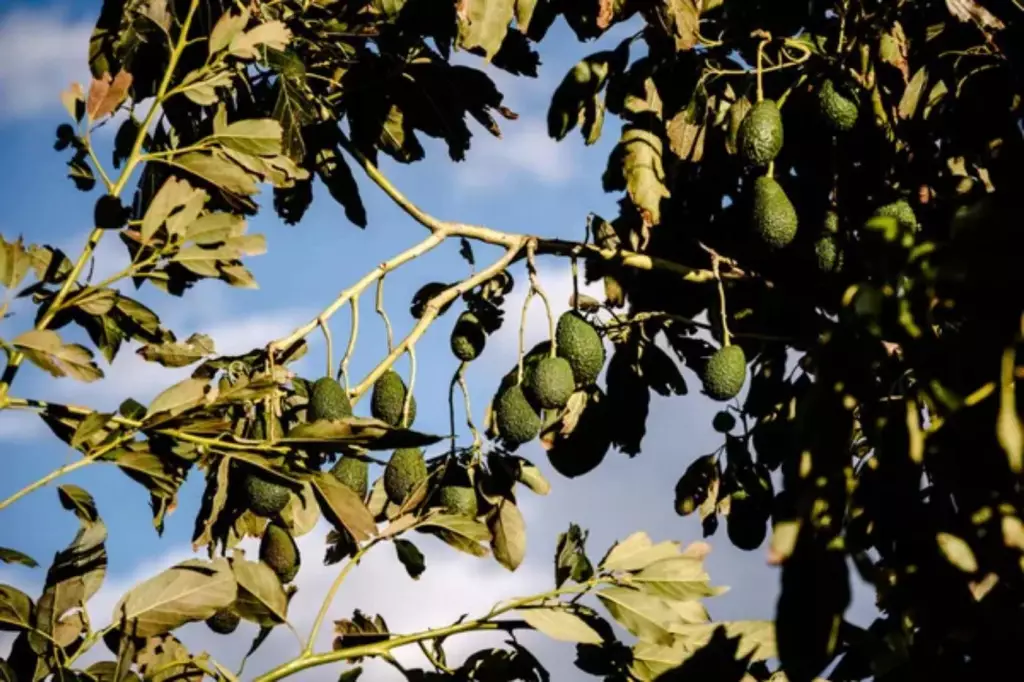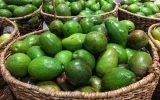How to Start an Avocado Farm: 5 Things to Remember
Starting an avocado farm can be a risky venture, but with the right preparation, you can minimize the risks and navigate the challenges effectively. In this article, we'll cover five things you should remember when starting an avocado farm.
First, you need to choose the right location for your avocado farm. They require a warm, subtropical climate with well-draining soil. Another important consideration is the type of avocado tree you plant; it should be well-suited to your area and have a proven track record of success there.
Starting an avocado farm also requires careful management to ensure success. Let's see what other important considerations you'll need to bear in mind as you venture into farming this fruit tree.
Properly researching the steps involved in starting an avocado farm can help guide those looking to start an avocado farm from scratch.
Summary
- Effective management of an avocado orchard involves implementing sustainable practices, regular pruning and maintenance, and proactive pest and disease control to ensure the health and productivity of the trees.
- Employ the best harvesting techniques, including hand harvesting and proper use of machinery, and ensure proper packaging and distribution of avocados.
- Understand how to deal with competition, have a solid risk management plan, and be aware of regulatory requirements to ensure the legal and ethical operation of your avocado farm.

On this page:
Choose the Right Location First
Below are a few things to keep in mind when selecting a location for your avocado farm:
You need to assess the climate and soil conditions
Avocado trees prefer a tropical or subtropical environment with moderate humidity, plenty of sunshine, and well-draining soil. The ideal temperature range for avocado trees is between 60°F and 85°F, and they require a pH of 6 to 7.5 for optimal growth.

Before selecting a location for your avocado farm, assess the climate and soil conditions in the area. You can use a soil test kit to determine the pH and nutrient content of the soil. Make sure the soil is well-draining to prevent waterlogging and root rot, which can be fatal to avocado trees.
Take note of zoning and land requirements
You might want to check with your local government to ensure that the land you're considering is zoned for agricultural use.
Avocado trees require suitable land with enough space for the trees to grow and produce fruit. The trees need to be spaced at least 20 feet apart, and they require plenty of sunlight.
Make sure the land you choose is large enough to accommodate the number of trees you plan to plant. You can check out this article on how many avocado trees are required to be planted on an acre for optimal density.
In addition to these factors, try to consider the environmental and weather conditions in the area. Avocado trees are sensitive to frost and wind, so avoid areas with extreme weather conditions
Start Preparing for Cultivation
When you have laid your eyes on the location, it's about time to prepare your land properly. Here are a few things to keep in mind:
Select the most suitable avocado variety
There are many different types of avocado trees, and each has its own unique characteristics. Some popular varieties include Hass, Fuerte, and Bacon.
When selecting your avocado variety, perhaps consider factors such as yield potential, disease resistance, and market demand. This article shows the estimated annual yield per tree for different varieties of avocados.
Prepare the soil and start planting
Avocado trees require well-draining soil with good fertility. Before planting, you need to test your soil to determine its nutrient content and pH levels.
Based on the results, you may need to amend your soil with additional nutrients such as potassium or nitrogen. Once your soil is ready, you can begin planting your avocado trees. When planting, be sure to space your trees appropriately to allow for optimal growth.
Employ proper irrigation and water management techniques
Avocado trees require regular watering, but overwatering can lead to root rot and other issues. Drip irrigation is a popular method for avocado farming, as it allows for precise water delivery while minimizing water usage.
You can take a look at this article to see how much drip irrigation costs as well as what other expenses you need to keep in mind when starting an avocado farm.

Promote healthy growth and fruit production through regular fertilization
Organic fertilizers such as compost or manure can be effective for improving soil fertility, while synthetic fertilizers can provide a more targeted nutrient boost. Additionally, you need to check your trees for nutrient deficiencies and adjust your fertilization schedule as needed.
Learn How to Manage Your Avocado Orchard
Below are some things you need to remember to effectively manage your avocado orchard:
Implement sustainable practices
Sustainability is an important consideration for any farmer. It's important to implement sustainable farming practices to minimize your environmental impact and ensure long-term success, such as the following:
- Use organic fertilizers and soil amendments to improve soil health.
- Conserve water by using drip irrigation and mulching.
- Plant cover crops to prevent soil erosion and improve soil health.
- Use integrated pest management (IPM) techniques to control pests and diseases without relying on harmful chemicals.
Practice regular pruning and maintenance
Pruning and maintenance are essential for the health and productivity of your avocado trees. Regular pruning can help to:
- Control tree size and shape
- Promote the growth of new fruiting wood
- Remove dead, diseased, or damaged wood
You need to prune your trees regularly to ensure that they remain healthy and productive. Additionally, regular maintenance tasks such as fertilizing, watering, and weed control will help to keep your avocado trees healthy and productive.

Be proactive in controlling pests and diseases
Some tips for pest and disease control include:
- Use IPM techniques to control pests and diseases without relying on harmful chemicals.
- Monitor your orchard regularly for signs of pests and diseases.
- Treat pest and disease problems promptly to prevent them from spreading.
Employ the Best Harvesting Techniques
Harvesting techniques can vary depending on the type of avocado fruit you are growing. The Hass avocado, for example, is usually harvested by hand, while other varieties can be harvested using machines.
Tips when using different harvesting techniques
If you are harvesting by hand, you need to use the right tools. A picking pole with a basket at the end is a good option for reaching high branches.
When harvesting, gently twist the fruit off the branch, being careful not to damage the stem or the fruit. If you are using machines, make sure they are designed for avocado harvesting and that they are properly maintained to prevent damage to the fruit.
Avocados are usually ready to be harvested when they have reached their full size and have started to change color. However, the exact timing can vary depending on the variety of avocado and the climate in which it is grown. You can use this harvesting calendar for avocados to predict the exact timing of the harvest.
Tips on packaging and distribution of avocados
Once your avocados have been harvested, you need to package and distribute them properly to ensure they reach consumers in good condition.
Packaging should be sturdy enough to protect the fruit from damage during transport, but also breathable to prevent moisture buildup that can cause the fruit to rot.
When it comes to distribution, there are several channels to consider. You can sell directly to consumers at farmers' markets or through your own online store. Alternatively, you can work with distributors who will buy your fruit in bulk and sell it to retailers.
When choosing a distributor, look for one with a good reputation and a track record of working with avocado growers. You should also consider factors such as pricing, payment terms, and delivery schedules.
Know How to Navigate the Challenges and Risks
Below are some things to keep in mind to mitigate or reduce the risks of avocado farming:
Know how to deal with competition
The avocado market is highly competitive, especially with the increasing demand for avocados in the US. Mexico is the largest producer of avocados, and they dominate the market. However, with the right marketing strategies, you can compete effectively with other avocado farmers.
One way to stand out is by identifying a unique selling proposition. This could be something like organic farming practices, unique avocado varieties, or a focus on local markets. By offering something different from your competitors, you can attract customers who are looking for something specific.

Starting an avocado farm can be financially promising, with profits per acre potentially high due to the increasing demand and market value of avocados.
Have a solid risk management plan
Farming comes with many risks, including weather-related risks, pests and diseases, and market fluctuations. You need to have a solid risk management plan in place to minimize the impact of these risks on your business.
One way to manage risks is by investing in insurance. Crop insurance can help protect your farm against losses due to weather-related events, while liability insurance can protect you against lawsuits and other legal issues. Before purchasing insurance, make sure you understand the coverage options and costs.
Another way to manage risks is by diversifying your crops. While avocados may be your main crop, consider planting other crops as well. This can help spread out your risk and ensure that you have a steady source of income even if your avocado crop is affected by pests or weather-related events.
Finally, make sure you are aware of regulatory requirements related to avocado farming. This includes permits, licenses, and other regulations that may vary by state or county. By staying informed and following the rules, you can avoid legal issues and ensure that your farm is operating legally and ethically.



